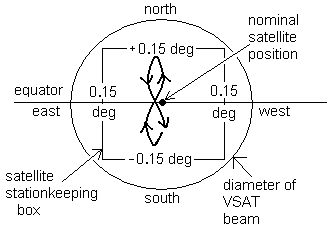| Home Login Register |
| Satellite Internet forum › General and other topics › Tracking level |
|
Pages: 1
|
Tracking level(Read 6262 times) |
|
satnew
Member
★★ Offline Posts: 23 |
Nov 21st, 2010 at 8:47am
|
| Back to top |
IP Logged
|
|
Eric Johnston
Senior Member
★★★ Offline Posts: 2109 |
Reply #1 - Nov 21st, 2010 at 12:08pm
|
| Back to top |
« Last Edit: Nov 21st, 2010 at 3:26pm by Eric Johnston »
IP Logged
|
|
satnew
Member
★★ Offline Posts: 23 |
Reply #2 - Nov 21st, 2010 at 7:29pm
|
| Back to top |
IP Logged
|
|
Eric Johnston
Senior Member
★★★ Offline Posts: 2109 |
Reply #3 - Nov 21st, 2010 at 10:03pm
|
| Back to top |
IP Logged
|
|
satnew
Member
★★ Offline Posts: 23 |
Reply #4 - Nov 22nd, 2010 at 3:34am
|
| Back to top |
IP Logged
|
|
Pages: 1
|
Email me: eric@satsig.net
Powered by YaBB 2.5.2!
YaBB Forum Software © 2000-. All Rights Reserved.
Disclaimer, Terms of Use and Privacy Forum User Agreement Forum rules Cookie policy.



